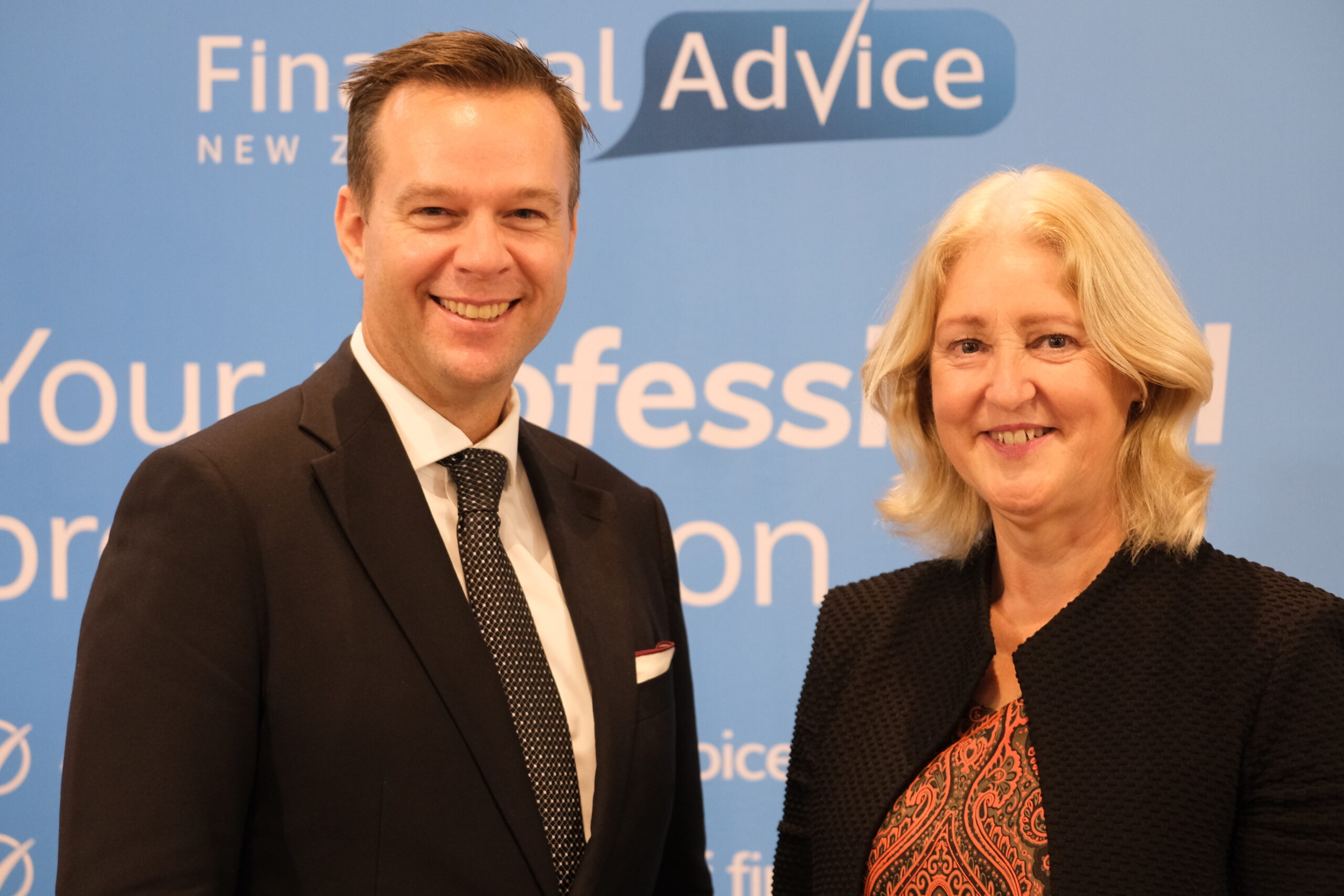Despite predictions the housing market will cool in coming months, the numbers keep climbing.
Among the latest revelations were that such was the rise in prices in Wellington, first-home buyers now need $171,000 for a deposit. That’s $43,000 more than a year ago.
It’s only a little better elsewhere, with deposit requirements across the country up $28,000 to $153,000. These figures were calculated using the 20 per cent deposit needed for median property values. (It’s worth adding a lot of first home buyers can still buy with as little as 10% deposit). And it’s set to worsen, with the Reserve Bank forecasting house prices will be rising by 22% year-on-year by the middle of the year.
Most of this is the result of people taking advantage of record low interest rates to get into a market of low listings.
But though the cost of servicing a mortgage has never been lower, deposit requirements have never been higher, and there lies the big problem for many.
So where do first-home (mostly young) buyers find that sort of money?
Going into lockdown just last year with $130,000 in the bank and an eye on a house, all would have seemed fine. But within months, for many, the dream has been snatched away.
In addition to deposit requirements, the banks are very wary of the ability of borrowers to service loans, stress-testing their ability to pay at rates of around 7%. It’s also worth noting that once a buyer gets to a 20% deposit, rates could be 0.50% lower and there are potential cash-back offers from the bank. Both could save about $15,000 over the first three years of a mortgage.
With the size of loans and deposits needed, it’s no doubt much more challenging for our young adults to demonstrate sufficient income to service the loan.
That leaves just one bank that doesn’t require a deposit or often even an interest rate: the Bank of Mum and Dad.
This is a common way for first-homers to get onto the housing ladder, with estimates that 50% to 70% of mortgage applications are for first home buyers using this source.
This seems to come mostly in the form of help with the deposit, and that can be done in several ways: a straight gift or early inheritance; a cash loan (with or without interest) paid back in regular instalments, and in addition to the regular servicing of the trading bank loan; a cash loan to be paid back when the property is sold – either as equity that increases as the property’s value increases, or just as the face value; or mum and dad borrowing against their own property (and putting themselves into debt again).
This all depends on the ability of the Bank of Mum and Dad to either front up with cash in the first place or be able to do without any interest or investment value that would otherwise accrue as they near or enter retirement.
Remember, the Bank of Mum and Dad we’re talking about is perhaps that of younger baby boomers, who, unless they got sound financial advice and started making investments at an early age, may be relying on savings and the equity in their house for a comfortable retirement (by downsizing or taking a reverse mortgage), and therefore might struggle to help.
This can put a lot of pressure on them. For many, the near-compulsion of the 13-year-old KiwiSaver came too late to contribute anything sizeable to their nest egg.
The pressure is no less for younger mums and dads, perhaps in their 40s and 50s, whose kids are looking at buying their first home. Their mum and dad bank might have been stretched supporting them through university or tertiary training, where the student loan didn’t cover living costs, and now they’re looking for a house with a student loan still to pay off and are struggling – unless they get parental assistance.
So how do mums and dads help them out while ensuring they retain a financial future themselves?
The answer would be “very carefully”, because offering even just security for a loan carries some level of risk.
The options I outlined earlier are all doable.
The equity idea has the benefit of using the market to increase the size of the investment. Your Bank of Mum and Dad takes a stake in the house and lets price inflation do the rest. That way, the children get on the ladder, but as they climb it by selling the small first home for a bigger second one, they’ll be in a better (and hopefully earlier) position to pay back a bigger return in time for that retirement splurge!
Whatever option is chosen, it’s essential both mums and dads and the children go into the arrangement with full transparency and open eyes.
Having something in writing also makes sure things are clear to all. As any good lawyer will tell you, property arrangements, even involving family, should be in writing.
To that I would add mums and dads need to take the emotion out of it and look critically at how the arrangement is going to affect them and their ability to have a comfortable retirement. Seeking independent financial advice never goes astray.
The question I was asked recently when doing a review with my financial adviser was where does the Bank of Mum and Dad end? There is no right or wrong answer – you just need to have a plan that works for you and your family.
[ends]









